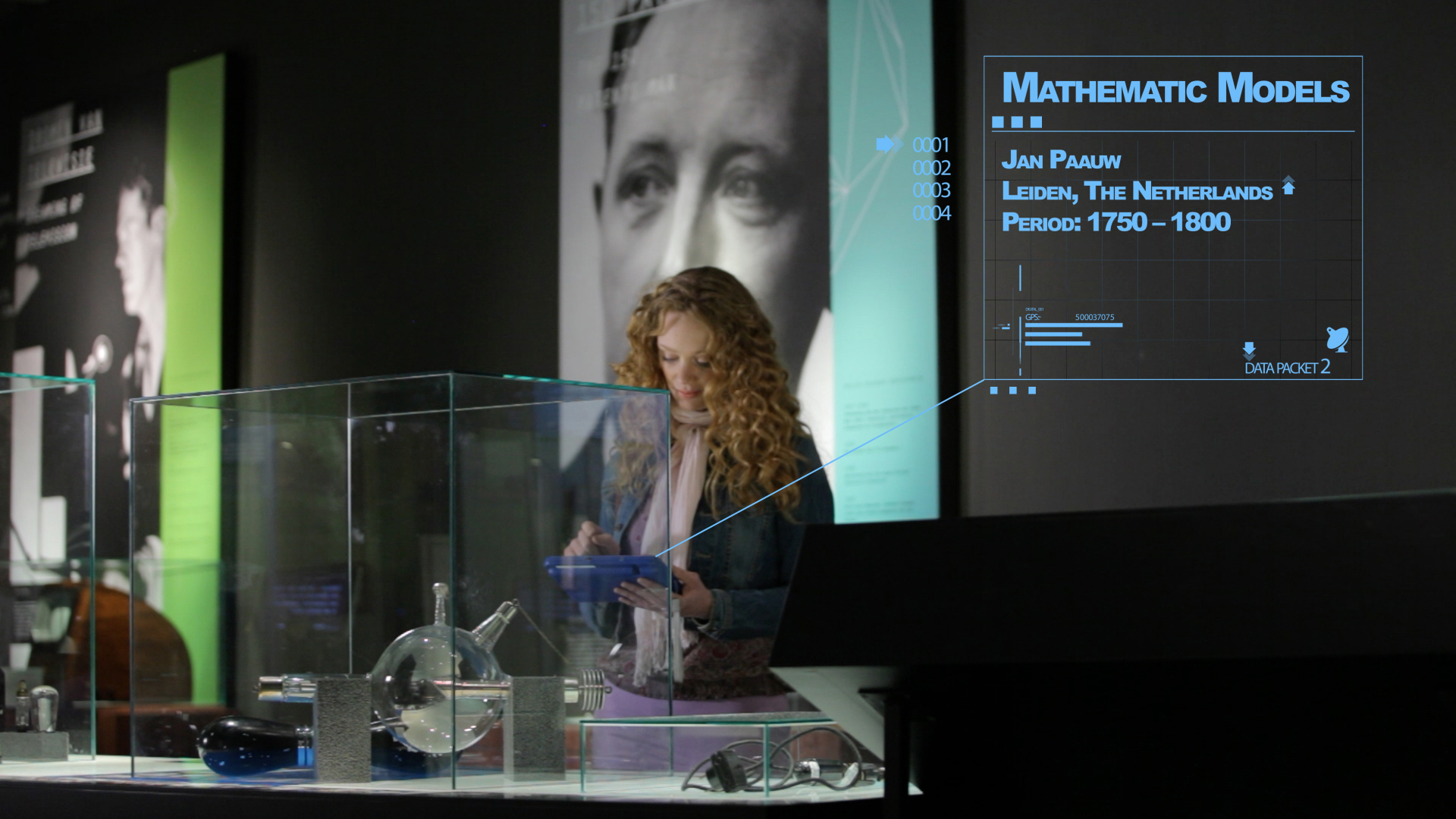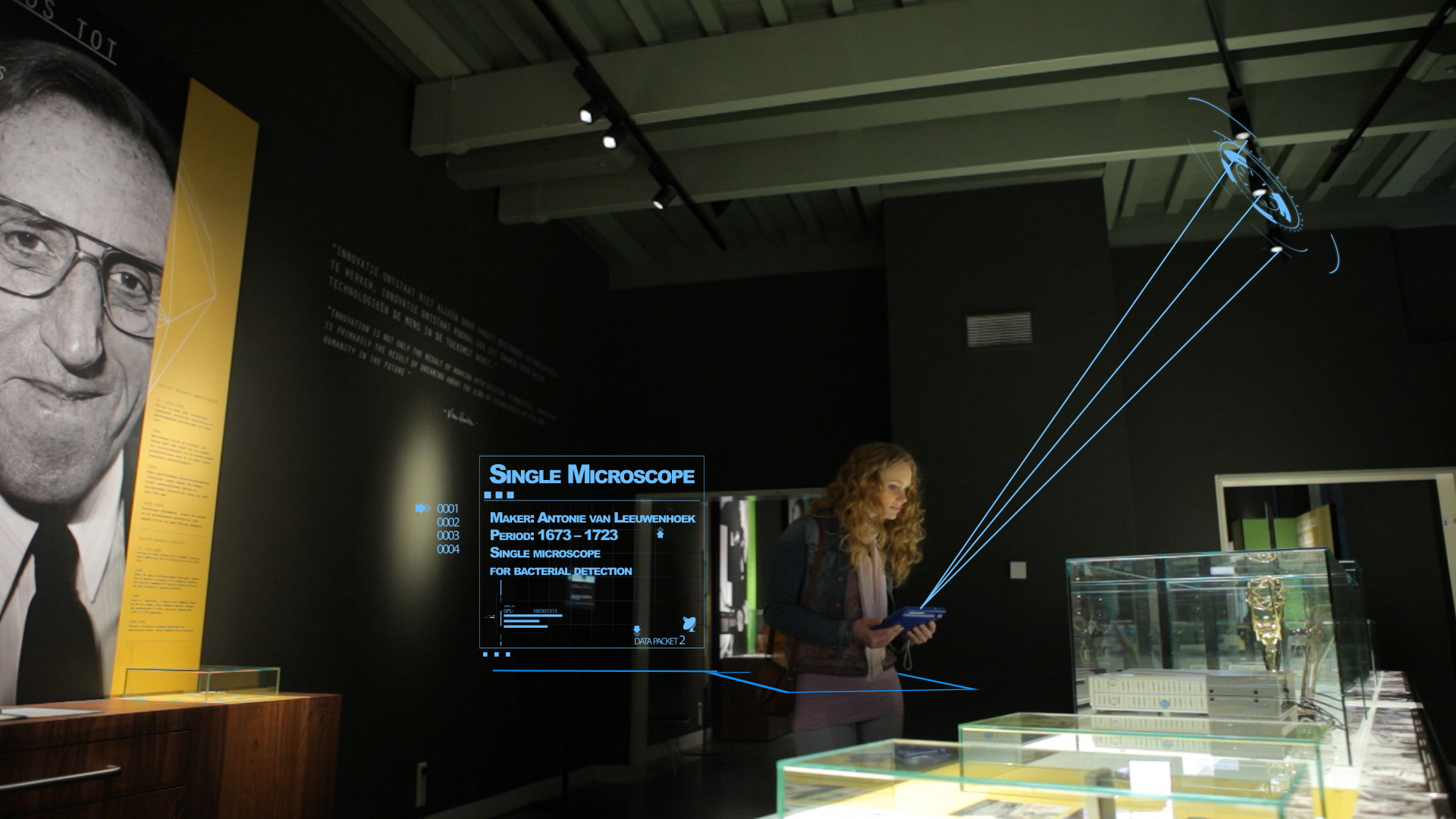Philips, the global leader in lighting, hopes this innovative mobile app for connected lighting will provide a template for use in museums, hospitals and supermarkets in the not so distant future.
The exhibition is part of a pilot project for Philips' LED based connected lighting systems for indoor positioning. The connected lighting systems use Visual Light Communication (VLC) technology. The exhibitions luminaires are placed in a positioning grid, they are individually identifiable and communicate with the camera's sensors in smartphones and tablets. Each light fixture in the grid communicates by blinking at high frequencies undetectable to the human eye, information relevant to the patrons location within the exhibition is transmitted through these fast pulses. VLC transmits data one way only meaning users personal data cannot be accessed by the connected lighting app.
Upon arrival at the museum, visitors were given a tablet with a pre-installed app, the app contains a variety of multi-media content relevant to various locations within the exhibition. As the visitor moves around the exhibition, the individual light fixtures act as positioning beacons transmitting their location to the tablets camera sensor which trigger the apps content at various locations.
67% of visitors liked the fact that the tablet automatically
provided additional relevant information at various information points
63% of visitors said that the tablet made the visit to the exhibition
more enjoyable and interesting
50% of visitors under 50 years old said they would visit museums
and exhibitions more often if there were tablets available to provide additional
information or to guide them around a special route
Dirk Van Drift, Director of the Boerhaave Museum said: “We
now know that offering a location aware and interactive experience encourages
people to visit our museum more often. What is also really exciting and
innovative is that we were able to achieve this by using energy efficient
lighting, giving us a double advantage.”
The “smartphone generation” (those under 50) said they were
open to trying connected lighting mobile applications in a number of settings.
Almost 50% of all visitors claimed they would like to receive location-based
information and use way finding services offered via the app in hospitals,
shopping centres and supermarkets.
Jella Segers, from Philips Lighting said: “The survey
findings show that we need to think of lighting differently. Lighting has gone
beyond mere illumination. We can now deliver great quality and highly
energy-efficient LED lighting that acts as a positioning grid to deliver
targeted information, enriching people’s experiences of the places they visit,
whether it’s a museum, supermarket, airport terminal or any large public indoor
space.”


No comments:
Post a Comment